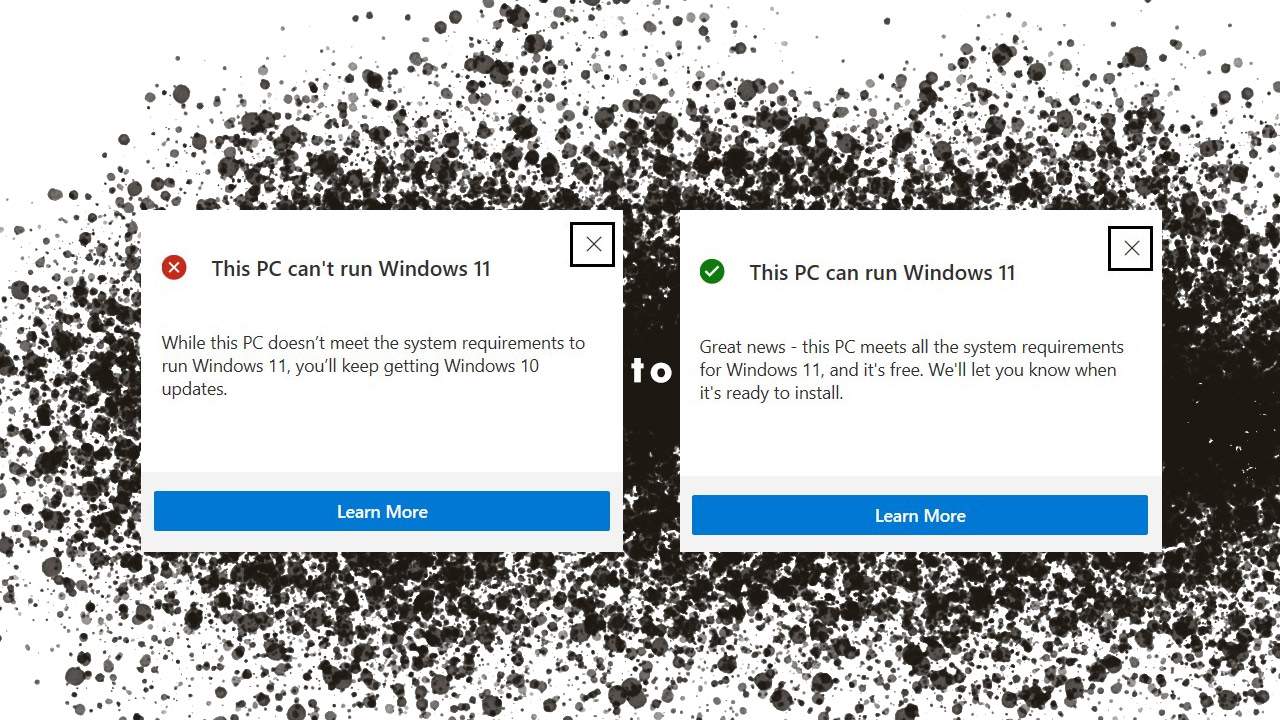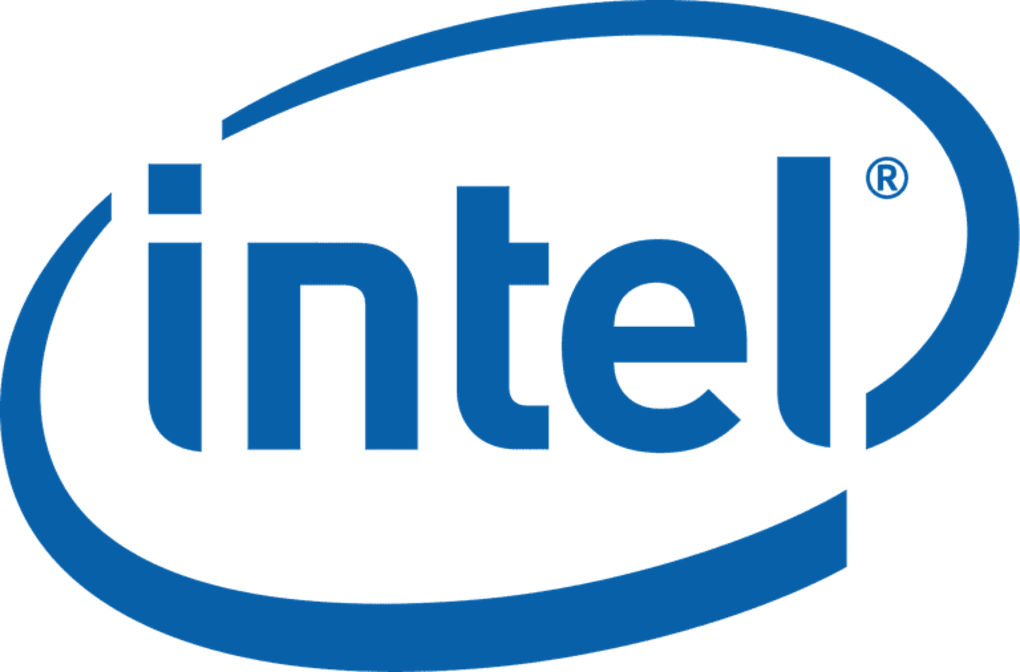

- #Intel trusted platform module driver windows 8 how to
- #Intel trusted platform module driver windows 8 upgrade
- #Intel trusted platform module driver windows 8 software
Prevention of cheating in online games.
#Intel trusted platform module driver windows 8 software
#Intel trusted platform module driver windows 8 how to
These metrics can be used to detect changes to previous configurations and decide how to proceed. When TPM is used, the firmware and the operating system are responsible for ensuring integrity.įor example, Unified Extensible Firmware Interface (UEFI) can use TPM to form a root of trust: The TPM contains several Platform Configuration Registers (PCRs) that allow secure storage and reporting of security-relevant metrics. This is to ensure that the boot process starts from a trusted combination of hardware and software, and continues until the operating system has fully booted and applications are running.


In this context, "integrity" means "behave as intended", and a "platform" is any computer device regardless of its operating system. The primary scope of TPM is to ensure the integrity of a platform. Security embedded in hardware provides more protection than a software-only solution. Ĭomputer programs can use a TPM to authenticate hardware devices, since each TPM chip has a unique and secret Endorsement Key (EK) burned in as it is produced.

One could use the hash to verify that the hardware and software have not been changed.
#Intel trusted platform module driver windows 8 upgrade
On April 9th, 2014 the Trusted Computing Group announced a major upgrade to their specification entitled TPM Library Specification 2.0. TPM Main Specification Version 1.2 was finalized on March 3, 2011, completing its revision. Trusted Platform Module (TPM) was conceived by a computer industry consortium called Trusted Computing Group (TCG), It evolved into TPM Main Specification Version 1.2 which was standardized by International Organization for Standardization (ISO) and International Electrotechnical Commission (IEC) in 2009 as ISO/IEC 11889:2009.


 0 kommentar(er)
0 kommentar(er)
